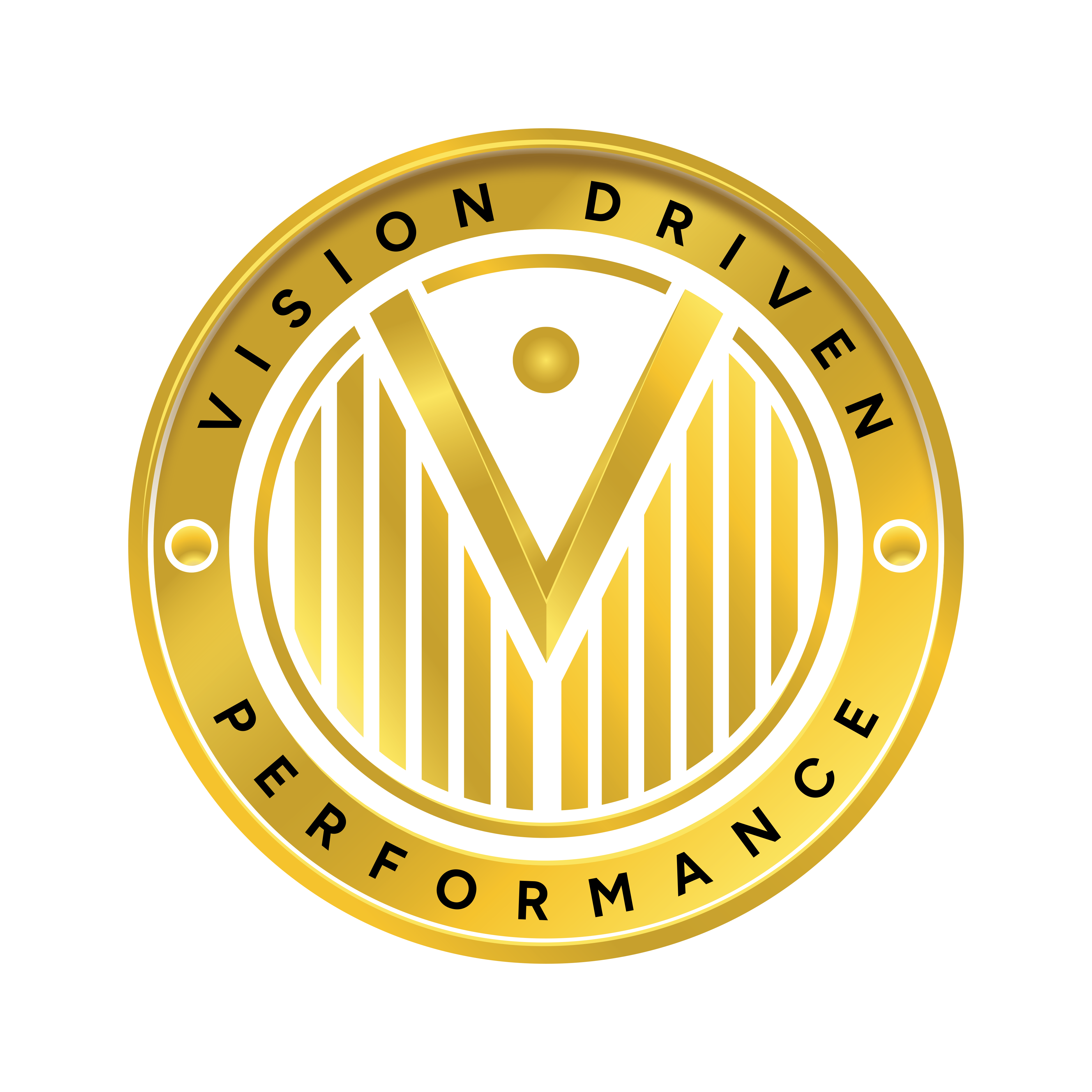The five essential components of strategic planning provide a framework for organizations to develop and implement effective strategies to achieve their long-term objectives.
These components typically include…
- Vision and Mission
- Vision and mission statements articulate the organization’s purpose, values, and aspirations. The vision statement describes the desired future state or long-term goals that the organization aims to achieve, while the mission statement defines its core purpose, target audience, and how it intends to create value. These statements provide a clear sense of direction and guide decision-making throughout the strategic planning process.
- Analysis of Internal and External Factors
- Strategic planning involves analyzing both internal and external factors that can impact the organization’s ability to achieve its goals. This includes conducting a SWOT analysis (Strengths, Weaknesses, Opportunities, and Threats) to assess internal strengths and weaknesses as well as external opportunities and threats in the competitive landscape, market trends, regulatory environment, and other factors affecting the organization’s performance.
- Strategic Objectives and Goals
- Strategic objectives and goals are specific, measurable targets that the organization sets to accomplish its mission and vision. These objectives should be aligned with the organization’s values, priorities, and long-term strategy. They provide a roadmap for action and help focus efforts and resources on the most critical areas for success. Objectives may encompass areas such as revenue growth, market share, customer satisfaction, innovation, operational efficiency, or social impact, depending on the organization’s priorities.
- Strategies and Action Plans
- Strategies are the high-level approaches or plans that the organization develops to achieve its strategic objectives. These may include initiatives, programs, or projects aimed at leveraging strengths, addressing weaknesses, seizing opportunities, and mitigating threats. Action plans outline the specific steps, timelines, responsibilities, and resources required to implement these strategies effectively. Strategic planning involves identifying and prioritizing strategic initiatives, allocating resources, and monitoring progress toward achieving goals.
- Monitoring and Evaluation
- Monitoring and evaluation are critical components of strategic planning that involve tracking progress, measuring performance, and making adjustments as needed. This includes establishing key performance indicators (KPIs) to assess progress towards strategic objectives, regularly reviewing performance data, identifying trends or areas for improvement, and making informed decisions based on feedback and analysis. Continuous monitoring and evaluation ensure that the organization remains agile, responsive, and adaptable to changes in the internal and external environment.
By integrating these five essential components into the strategic planning process, organizations can develop robust, actionable strategies that drive sustainable growth, competitive advantage, and long-term success.





